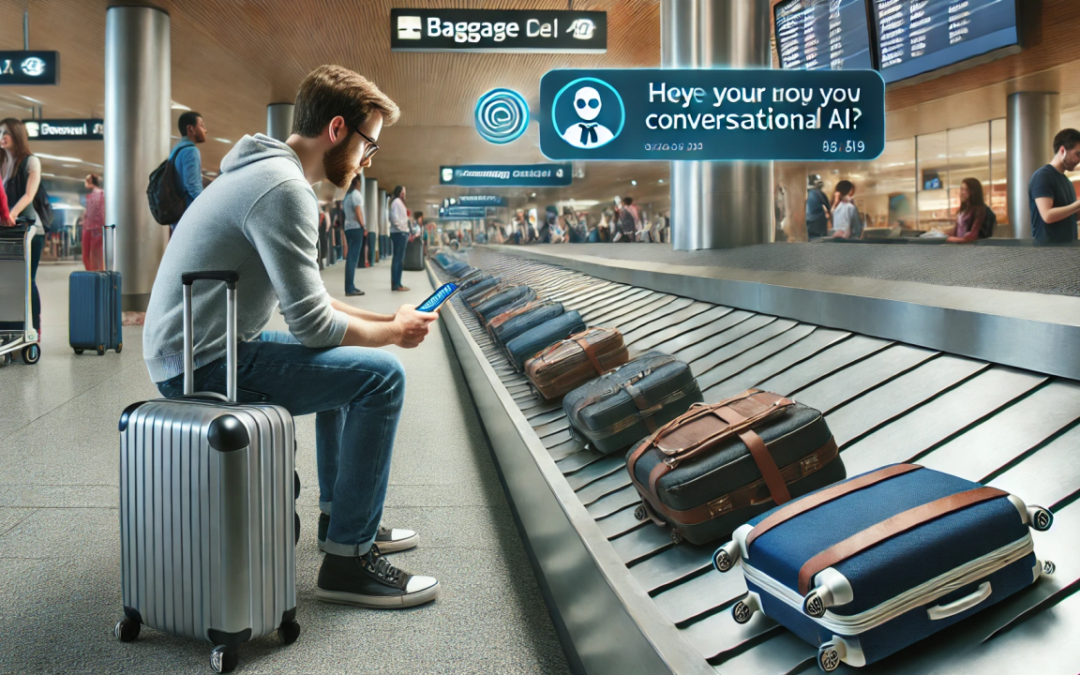Taking Back Control of the Buyer’s Journey
It’s 11:22 AM, and my inbox is already flooded with over 30 emails from companies trying to sell me everything under the sun—funding offers, lead generation services, office space, tax credits, accounting advice, recruitment opportunities, event invites, even car leases. Yesterday, I received over 400 emails. I only noticed this barrage because I temporarily disabled my auto-junk filter. If you’re not in my contact list, your email goes straight to junk. This is the only way to manage the overwhelming volume of irrelevant offers. I don’t want any of it, and I won’t be buying any of it!
My email addresses are on distribution lists sold to companies. These companies create arbitrary KPIs to justify their outdated, trashy lead generation tactics.
“Fortunately, with a few clicks all this noise disappears”
It’s all nonsense of course—a complete waste of money and environmental resources. While many are concerned about the environmental impact of AI, how about the environmental impact of cold lead generation? It’s a digital landfill of trash consuming technology resources.
Fortunately, with a few simple clicks, all this noise disappears.
A New Era of the Buyer’s Journey
There is, however, a promising new method emerging where the buyer is in control. This approach allows buyers to proactively seek out interesting services and engage with objective, factual information about potential services without being bombarded by advertising noise. It enables private or business consumers to quickly access the information they need to determine if a service is right for them—without tricks or a flood of sales pitches.
I used to be a regular Amazon user, but I’ve canceled my subscription due to what I perceive as sinister tactics. If you search for a brand or product you like on Amazon, the results often prioritize copy brands with alternative products. In my experience, these products are substandard and disappointing. Yet, Amazon presents them as equivalent, leading to quick sales and confused buyers.
Embracing Generative AI for Informed Buying
Yesterday, while waiting for my luggage at Heathrow, I noticed a visual advert on a carousel banner. I watched as a traveler waiting for his bags picked up his phone and opened ChatGPT. He immediately began an engaging dialogue about the service, explored different cost packages, considered alternatives, and researched what the service would offer over the coming months. This was a rich engagement based on natural language, controlled by the potential buyer. It was objective and factual, presented in a human and direct manner—no trickery, no tracking, no pushing. Just a natural, bilateral engagement.
“This was a rich engagement based on natural language, controlled by the potential buyer”
It was fascinating and compelling. Although there was no immediate transaction, I witnessed a significant step forward in the buying journey. A potential customer, enriched with information and in control—not exploited or bombarded with invasive marketing. A passive advert seamlessly transitioning into an AI-led natural language conversation with the buyer in control.
This experience excited me and sparked my imagination about how generative AI is already revolutionizing the way people research, buy, and consume services. I am thrilled to be working in this space as organizations look to connect their digital infrastructure with the client experience, making the buyer’s journey as informed, enriching, and engaging as possible using generative AI.
By embracing this new method, buyers, including myself, can escape the fast transactions and shallow experiences of the past. In an era of economic pressures and uncertainty, a more engaged and thorough process is required for buyers to research, engage, and purchase with confidence.
Ian.

Ian Smith, Technology Executive & Co-Founder, Lighthouse

